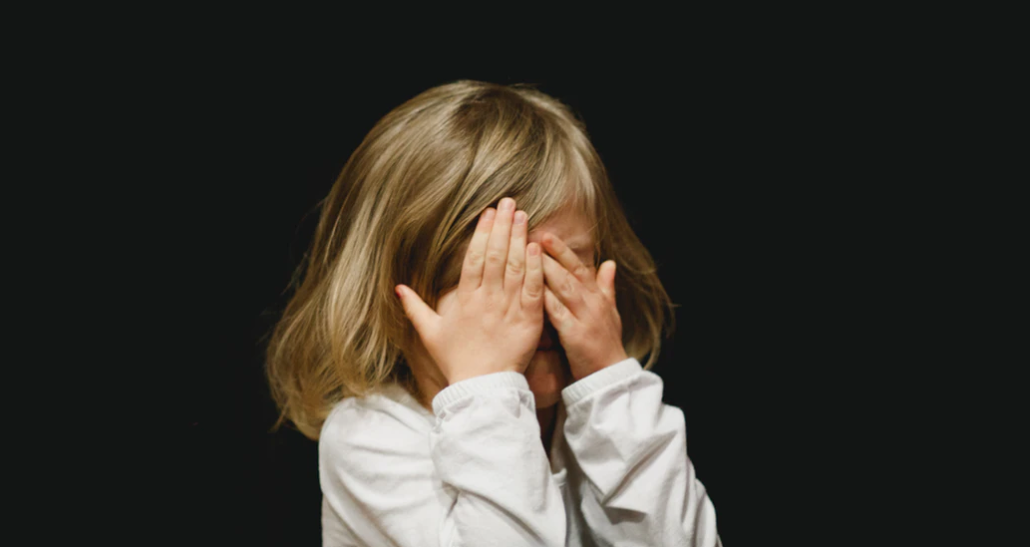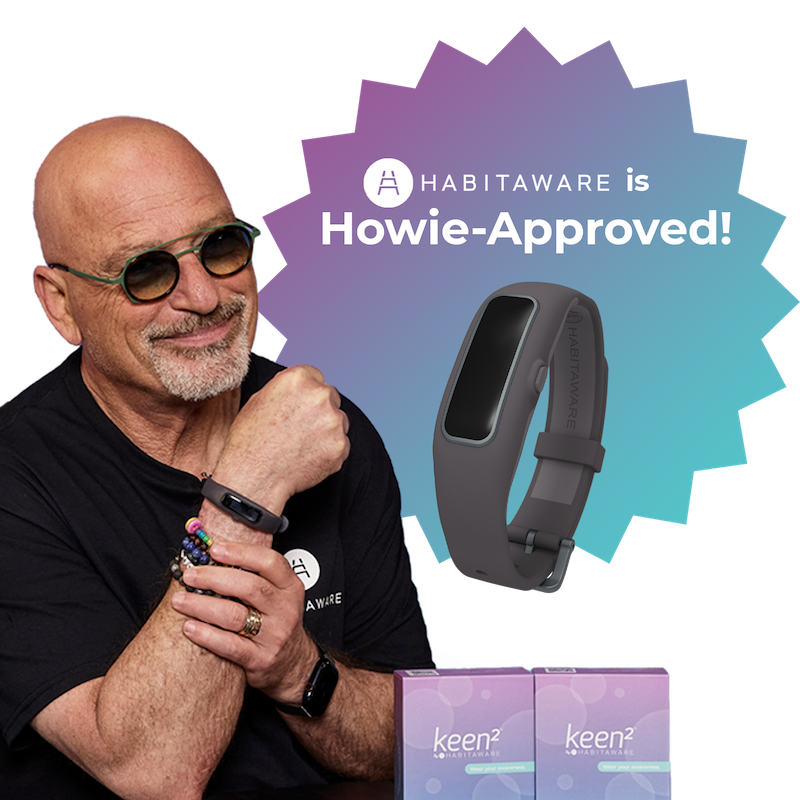Community Spotlight: Ruth Golomb
Hi Keen Fam, Ellen here. I have been asked recently about babies and toddlers who pull their hair. Do they have Trichotillomania? Will they grow out of this behavior? Will HabitAware’s Keen bracelet help this very young age group?
To gain a clearer understanding of this very important topic, I sat down with an expert therapist in the field of BFRBs, Ruth Golomb M. Ed, LCPC of the Behavioral Therapy Center of Greater Washington for a conversation:

First I'll define what is Baby Trich and what it's not. Then I’ll explain how to treat Baby Trich with a link for professional help. Lastly I’ll explain why the HabitAware Keen bracelet isn’t an appropriate tool for this young age group.
Baby Trich is a phenomenon in Trichotillomania that affects the very young age group of 0-5 years.
Trichotillomania in Babies
Baby Trich may be a self-limiting behavior that some babies and toddlers will grow out of, while others may not. It’s a self-soothing behavior that functions much like thumb sucking does for a young child. Sometimes thumb sucking and hair pulling occur together.
Now that we know what Baby Trich is, it’s just as important to know what Baby Trich is not.
Baby Trich is not: 1) a gateway something else, 2) self injurious behavior, or 3) your fault.
While the Baby Trich phenomenon is extremely tough on parents and caregivers, the good news is that this age group is very receptive to interventions.
At this developmental stage of 0-5 years of age, parents and caregivers are in control over their young child’s daily routines: from naptime to playtime - to dressing - to the food a young child is given.
Treatment for Baby Trich is all about parents. Baby Trich treatment is similar to other issues of small children where parents wish to change behavior such as potty training. Adults create the potty training program, facilitate it and reinforce it. In this way, it’s the same for Baby Trich.
Step 1: Parents identify hair pulling behaviors. For example, Where is your child pulling hair from? Side of the head? Crown? Eyelashes?
How does your child pull hair? With one hand? Both hands? Wrap hair around one finger and pull? What does your child do after the hair has been pulled? Play with it? Examine it? Rub it on face or upper lip? Does your child eat the hair?
DANGER ZONE: if your young child is ingesting the hair, have them check out by your pediatrician. Hair is not digestible and can clog the intestines which can be a serious medical issue.
Step 2: Parents identify when and where the pulling behavior is likely to happen. For example: In bed during nap time or at night? While listening to a story? In the car? While watching TV or other screen time?
Step 3: Strategies. Developing strategies to use in order to provide sensory input or a sensory substitute when a child would otherwise be pulling, plus blocking strategies such as gloves, to prevent getting to the hair.
Step 4: Developing a reward system. Children love LOVE. And at this age Love is usually in the form of attention. Children are more likely to repeat behavior that receives reinforcement - positive or negative. A reward system helps you shower lower on positive behaviors. The reward system is based on rewarding the strategy use, not stopping of the hair pulling.
HabitAware’s Keen bracelet is a tool that helps those with hair pulling and other Body-Focused Repetitive Behaviors (BFRBs) know where their hands are through a gentle vibration that builds awareness. As I learned from Ruth, awareness alone in order to change behavior in children ages 0-5 does not work. This age group developmentally does not possess the skills to alter behavior once they are aware of it. Equally important, children under the age of 5 are not capable of future or abstract thinking, both of which are needed for awareness to be effective in behavior change. Keen is a tool that works best for ages 8 and up. If you have specific questions about Keen and your child, email me at ellen@habitaware.com.
Rewarding strategies result in a positive behavior change for babies, toddlers and preschoolers.
Creating a treatment plan for Baby Trich isn’t one-size-fits-all. The strategies and reward system will be based on the young child’s age and pulling behavior. And remember, the good news is that this age group is very receptive to learning new behaviors.
To get help for your child, contact The TLC Foundation for Body Focused Repetitive Behaviors to find a professional therapist who treats Baby Trich.
Also please note: While Baby Trich appears to come on gradually as a self-soothing measure, keep in mind that when compulsive behaviors, like Trichotillomania, appear abruptly, consider taking your child to the pediatrician for a medical work up. Sometimes recent infections, like Group A Strep, Walking Pneumonia, or Mono, can result in obsessive compulsive symptoms that can impact a child’s daily functioning, and this should be ruled out.
For more information on Baby Trich and examples of treatment and strategies, click here.
Thank you, Ruth, for discussing this very important topic with our Keen Family! We're happy to have this information available for new parents searching for answers.



